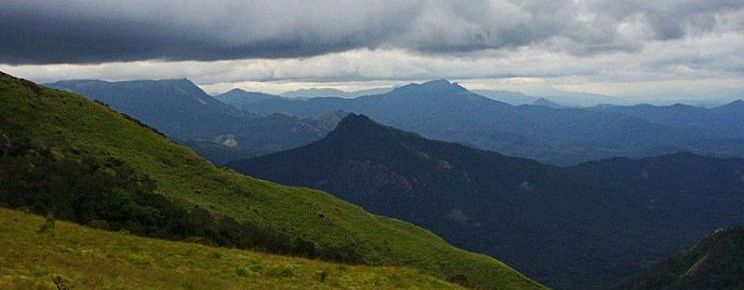Interactions
With Predators
N. sahyadrensis short breeding period along with early
reproduction timing and tadpole dispersal areas aid in mortality
increase for the organism (Raj et al. 2011). By being exposed
above ground for only a short period of time, the organism protects
itself from being exposed to predators for too long, further
increasing chances for survival. Also, tadpoles hatch and
travel to the shallow, fast paced waters before predators have time
to settle in the stream and have the ability to get to them easily
(Zachariah et al. 2012).
Being a biodiversity hotspot, the Western Ghats is home to many different types of anuran predators. Although, predators that prey specifically on N. sahyadrensis have yet to be determined, there are many predators of common anurans that most likely enjoy N. sahyadrensis as part of their diet. Some common anuran predators include small, carnivorous animals, snakes, lizards, other frogs, dogs and humans (whateats.com). Although not a species of the Western Ghats, snakes like the Southeastern Pygmy Rattlesnake and Western Cottonmouth feast on frogs. With its biodiversity, the Western Ghats has numerous different species of the common animals listed as anuran predators that most likely feast on the N. sahyadrensis.
With Humans
The biggest threat to N. sahyadrensis is destruction of
its habitat by human beings. As land cultivation takes over
precious N. sahyadrensis habitat, the already endangered
species risks further destruction. In addition, locals to the
Western Ghats value N. sahyadrensis as a medicinal remedy.
For centuries Indians have used N. sahyadrensis to cure
Asthma; therefore, human beings are a large threat as they cultivate
N. sahyadrensis habitat and capture the rare species for medicinal use.
species for medicinal use.
As Predators
N. sahyadrensis is a predator to soil termites and other small, deep soil dwelling insects. Termites benefit N. sahyadrensis in another way besides being a food source. Termite burrowing habits increase the moisture and help regulate the temperature of the soil in which N. sahyadrensis lives, providing a better habitat where N. sahyadrensis can burrow and move around more easily and efficiently (Radhakrishnan et al. 2007). To learn more about termites visit the multipleorganisms.net web page on the species Reticulitermes flavipes.
Go to Interesting Facts
